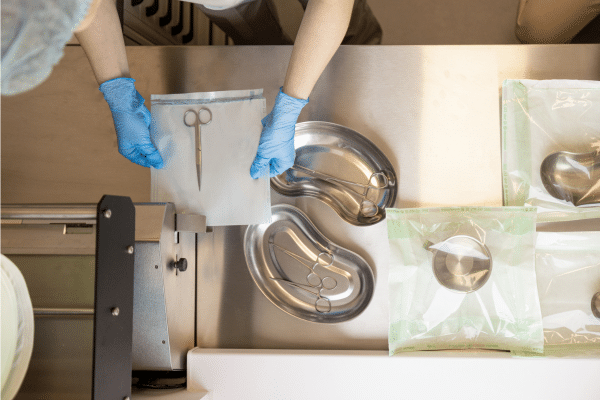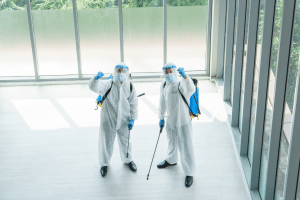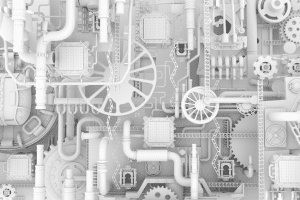A cleanroom is a controlled work environment where strict conditions of cleanliness, temperature, humidity, and particle levels are maintained to prevent contamination of sensitive products. Cleanrooms are commonly used in industries such as pharmaceuticals, microelectronics, biotechnology, and others where a sterile environment is essential for ensuring product quality. The use of cleanrooms enables precise and reliable production while adhering to high standards of quality control.
Key Features of a Cleanroom
-
Particle Control – One of the most critical aspects of a cleanroom is minimizing airborne particles. This is achieved using HEPA (High Efficiency Particulate Air) and ULPA (Ultra Low Penetration Air) filters that can trap 99.99% of microscopic particles.
-
Positive Air Pressure – To prevent the ingress of contaminants from outside, cleanrooms maintain positive air pressure, ensuring that air constantly flows outwards and does not allow pollutants to enter.
-
Controlled Temperature and Humidity – Regulated temperature and humidity are crucial to prevent condensation and the growth of microorganisms that could damage sensitive products.
-
Protective Clothing – Personnel working in cleanrooms wear specialized protective gear such as coveralls, gloves, masks, and shoe covers to prevent external contaminants from entering.
-
Routine Cleaning and Maintenance – Cleanrooms require rigorous cleaning protocols, including washing floors and walls with antibacterial agents.
-
Controlled Entry and Exit – Access is restricted through air showers and sterile transition zones to prevent contamination from people, objects, or materials.
-
International Standards – Cleanrooms are designed in accordance with strict standards such as ISO 14644, which classifies rooms based on permissible particle counts per cubic meter of air.
Types of Cleanrooms
Cleanrooms are classified into various levels of cleanliness based on the number of microscopic particles allowed per cubic meter of air. For example:
-
ISO Class 1 – The highest level of cleanliness, used in advanced research laboratories and semiconductor manufacturing.
-
ISO Class 5–7 – Common in pharmaceutical and medical device industries.
-
ISO Class 9 – A relatively lower cleanliness level, comparable to a standard office environment.
Common Applications of Cleanrooms
Cleanrooms are used in a variety of sectors, including:
-
Pharmaceutical Industry – For sterile drug manufacturing to prevent contamination and ensure product safety.
-
Semiconductor Production – For manufacturing sensitive electronic components in a dust-free environment.
-
Research and Development Labs – For developing new materials and technologies without external contamination.
-
Medical Device Manufacturing – For the sterile production and assembly of medical equipment.
Conclusion
Cleanrooms are essential in advanced industries requiring strict contamination control. By leveraging advanced filtration technologies, protective clothing, quality control systems, and regular maintenance, sterile conditions are achieved to protect sensitive products. The successful operation of cleanrooms relies on meticulous planning and compliance with stringent international standards.










